The neurodegenerative disease market is characterized by intense competition and rapid innovation, driven by an increasing prevalence of conditions such as Alzheimer's and Parkinson's disease. Key players are focusing on advanced therapeutic solutions, with a notable emphasis on biologics and personalized medicine. Companies like Biogen (US) and Eli Lilly (US) are at the forefront, leveraging their robust R&D capabilities to develop novel treatments. Biogen, for instance, has been concentrating on enhancing its pipeline of disease-modifying therapies, while Eli Lilly is investing heavily in partnerships to accelerate drug development. This strategic positioning fosters a competitive environment where innovation is paramount, and companies are compelled to differentiate themselves through unique offerings and advanced technologies.
In terms of business tactics, companies are increasingly localizing manufacturing and optimizing supply chains to enhance efficiency and responsiveness to market demands. The competitive structure of the market appears moderately fragmented, with several players vying for market share. However, the influence of major companies like Roche (CH) and Novartis (CH) remains substantial, as they continue to expand their portfolios through strategic acquisitions and collaborations, thereby shaping the overall market dynamics.
In October 2025, Roche (CH) announced a collaboration with a leading biotech firm to develop a novel gene therapy aimed at treating rare neurodegenerative disorders. This strategic move is significant as it not only diversifies Roche's product offerings but also positions the company as a pioneer in gene therapy, potentially leading to breakthroughs in treatment options that could redefine patient care in this space. The collaboration underscores Roche's commitment to innovation and its proactive approach to addressing unmet medical needs.
In September 2025, Eli Lilly (US) launched a new clinical trial for a promising Alzheimer's treatment that utilizes a novel mechanism of action. This initiative is crucial as it reflects the company's dedication to exploring innovative therapeutic avenues, which may enhance its competitive edge in a market that is increasingly leaning towards personalized medicine. The trial's outcomes could significantly impact the treatment landscape, potentially establishing Eli Lilly as a leader in neurodegenerative therapies.
In August 2025, Biogen (US) expanded its partnership with a technology firm to integrate AI-driven analytics into its drug development processes. This strategic action is indicative of the growing trend towards digital transformation within the industry. By harnessing AI, Biogen aims to streamline its R&D efforts, reduce time-to-market for new therapies, and ultimately improve patient outcomes. This move not only enhances operational efficiency but also positions Biogen favorably against competitors who may lag in technological adoption.
As of November 2025, the competitive landscape is increasingly defined by trends such as digitalization, sustainability, and the integration of AI technologies. Strategic alliances are becoming more prevalent, as companies recognize the value of collaboration in driving innovation and enhancing market presence. Looking ahead, it is likely that competitive differentiation will evolve, shifting from traditional price-based competition to a focus on innovation, technological advancements, and supply chain reliability. This transition may redefine how companies approach market entry and product development, emphasizing the importance of agility and responsiveness in a rapidly changing environment.


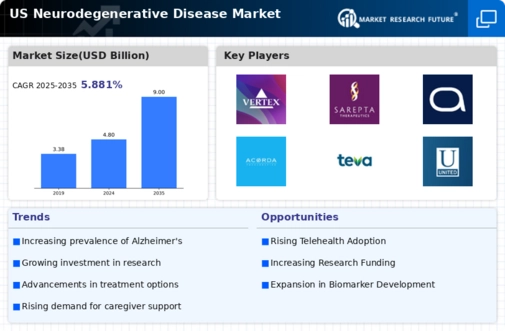
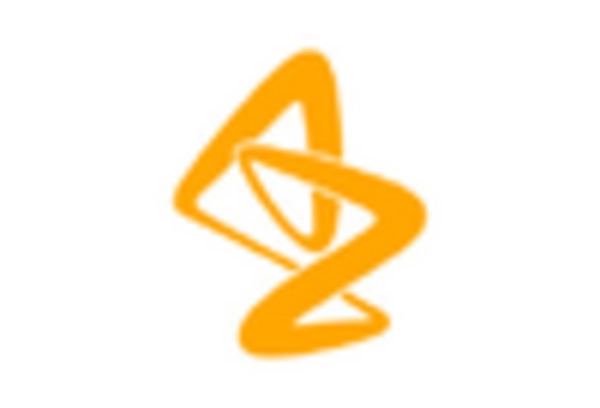
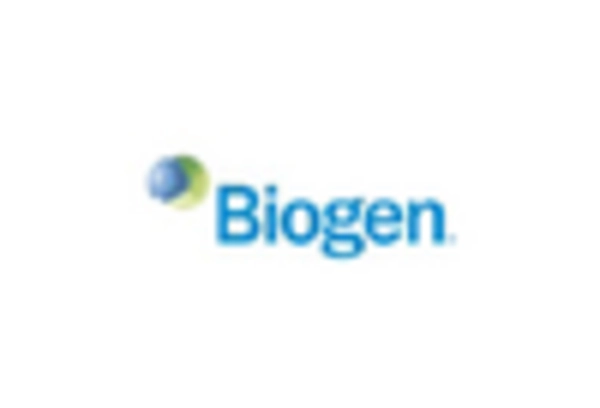
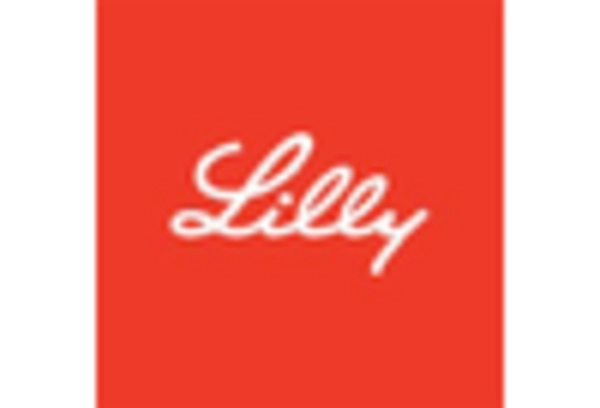
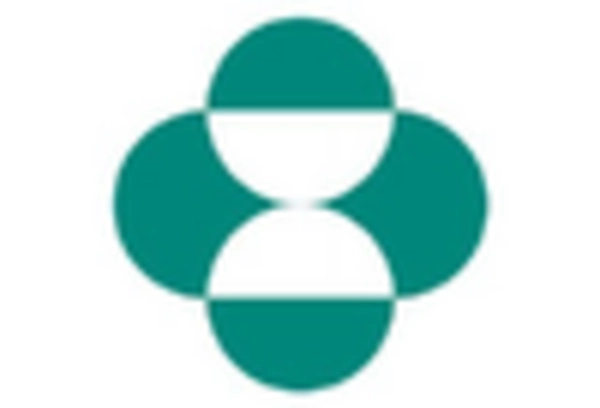

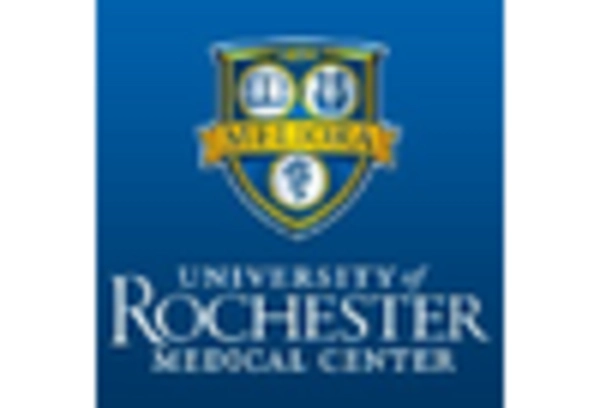








Leave a Comment